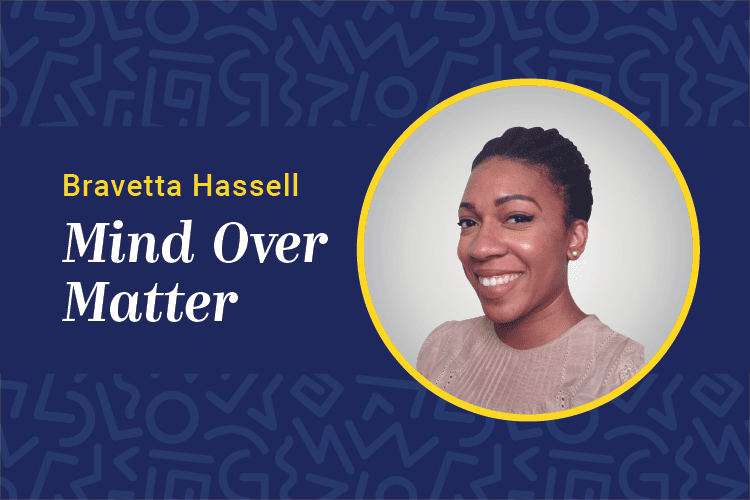 It’s tough to consider the structured and stable nature of competency models in today’s ambiguous and fast-paced business environment. But consider them companies must. By strategically tapping into learning leaders’ deep organizational knowledge and involvement with employees, businesses can drive a nimbler competency model development process.
It’s tough to consider the structured and stable nature of competency models in today’s ambiguous and fast-paced business environment. But consider them companies must. By strategically tapping into learning leaders’ deep organizational knowledge and involvement with employees, businesses can drive a nimbler competency model development process.
Used to define the skills, behaviors and attitudes needed to succeed in a role and in an organization, competency models help drive and inform a number of human resources initiatives including leadership development and training. According to executive search firm Korn Ferry, organizations that use these frameworks enjoy enhanced productivity, improved identification processes and development for high-potential employees, and better employee retention.
But given today’s quickly-changing climate, organizations risk missing out on those benefits when they take a once-and-done approach to competency modeling, said Steve Hrop, vice president of organizational development services for Caliper, a talent management consultancy. Few circumstances require a change in models, he said, but companies should review and adapt their model every three or so years. Learning leaders can play a key role in this process.
Chief learning officers, who should be closely attuned to their business’ priorities and needs, understand the methodologies for identifying competencies. The combination of this knowledge and expertise offers a great foundation for CLOs to take the lead in implementing a tailored approach to competency modeling.
In comparison with off-the-shelf models where competencies are chosen from a vendor’s list, and fully-customized models that an organization creates with its own resources, a tailored competency model is a blend of the two. “You’re getting the off-the-shelf rigor of the design that went into that model and the definition, and sometimes the assessment and development tools that come with all of that, and then you tailor it on top of that,” said Hrop, who said it’s important to conduct internal interviews in the process.
Through interviews and focus group discussions, learning leaders can gather critical information from senior-, manager- and contributor-level employees about success drivers they’ve observed. This on-the-ground intelligence will bring color and definition to off-the-shelf competencies and mold them to the company’s unique profile.
Hrop said by engaging senior leaders in the process, the human resources organization is not only gaining valuable insight for recruiting and identifying future leaders, it’s also getting executive buy-in for the model. “If they think this is something that the HR department just went out and bought and then was trying to plug and play, it may not get a lot of traction or utilization,” he said. “They need to be involved for their general insights and their buy-in and sense of involvement in creating this.”
Hrop said he starts interviews with senior leaders by asking them how they’d advise a peer on a potential leadership role with the company. What advice would they give to an associate or peer on what it takes to be successful with their organization? This gives executives the chance to be candid and share essentials as well as unwritten rules at the company they’d want their peer to know. “There’s skin in the game when you ask the question that way. It’s not just any old hire,” he explained. “It’s someone who could make you look bad if they don’t work out.”
While Hrop said learning leaders should meet with senior leaders for one-on-one interviews, he suggested focus group meetings for managers and employees. In these discussions, learning leaders would ask about what they’d observed as effective and ineffective behaviors, skills and attitudes. For example, in the employee focus group, a prompt to help define the manager role could be, “Describe the best manager you ever had,” Hrop said.
It’s important to ask the flip side of that, too, he said. Mine for the “worst manager” story, as well. Competency models become even more insightful when they include derailers. Negative derailers would be obvious no-go’s like excessive profanity in the workplace, Hrop said. Double-edged derailers would be traits that seem good in moderation but counterproductive when taken too far — like working with urgency. “Rank-and-file employees have some great insights into what makes managers effective and ineffective because they’re on the receiving end of that every day of their working life,” he said. “We can’t ignore their input.”
Hrop also said that involving managers and employees in the interview process helps drive buy-in and socializes these employees with the model. With off-the-shelf competencies identified, learning leaders can take the interview and focus group data they’ve collected to tailor the pre-fab competencies to meet their company’s needs. The boilerplate competencies one might grab from a vendor are an effective start in shaping a role by defining its competencies, but the behaviors captured in those internal interviews bring the model to life.
Clearly-defined behaviors, not just clear competency definitions, are key. They help with behavioral interviews during recruitment, succession planning and even the selection of people for special projects, for example.
The success and failure stories that learning leaders collect will help create a clearer picture for key roles and the competency models that shape them. “That’s one of the best ways to keep it fresh,” Hrop said.
Bravetta Hassell is a Chief Learning Officer associate editor. Comment below, or email editor @CLOmedia.com.












